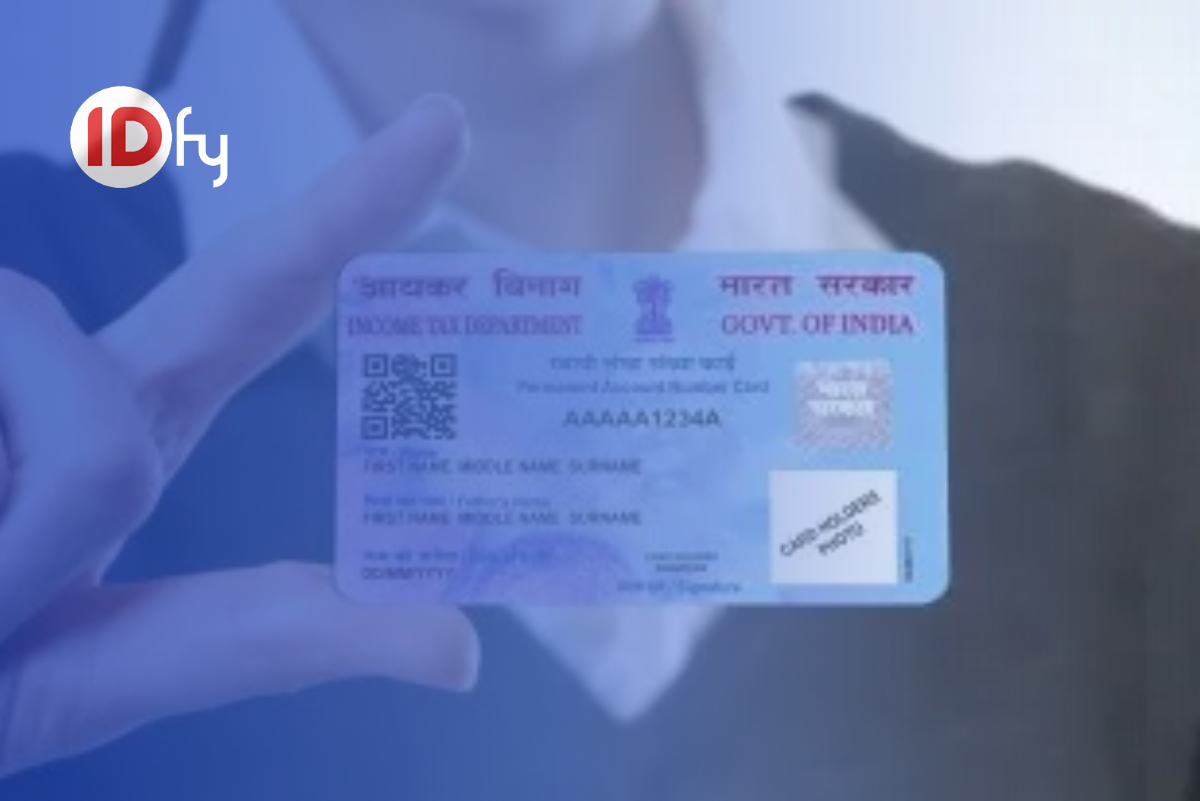When it comes to PAN (Permanent Account Number) verification, there is no shortage of methods available. From traditional approaches to technology-driven solutions, each method has its own set of advantages and drawbacks. In this blog, we will dive into the pros and cons of different PAN verification methods. So, let’s explore the exciting world of PAN verification and find the method that suits your needs!
The Traditional Route – Manual Verification
Manual verification has been the go-to method for PAN verification for many years. It involves physically examining the PAN card and cross-referencing the information provided. One of the main advantages of manual verification is that it allows a thorough inspection of the PAN card. But, it is a very time-consuming process, prone to human errors and delays in case of a high volume of verification requests.
The Digital Age – Online Verification
With the advent of the internet, online PAN verification has gained significant popularity. It offers the convenience of verifying PAN details with a few clicks. Online verification systems connect directly to the government database, providing real-time information. This method saves time, reduces paperwork, and eliminates the risk of data entry errors.
Mobile Apps – PAN Verification on the Go
Mobile apps have revolutionized the way we interact with technology, and PAN verification is no exception. PAN verification apps allow users to scan their PAN card using their smartphones and authenticate the information. This method provides flexibility, as it can be done anytime, anywhere. Additionally, some apps offer features like document storage and secure sharing. But, concerns about data privacy and the security of the app itself may arise.
Biometric Verification – The Future of PAN Verification
Biometric verification, such as fingerprint or iris scanning is a reliable PAN verification method. Biometric data is unique to each individual, making it difficult to forge or tamper with. This method enhances security, reduces the risk of identity theft, and provides a seamless user experience. However, implementing biometric verification requires specialized hardware and infrastructure, making it costlier compared to other methods.
Aadhaar Integration – Simplifying PAN Verification
The integration of PAN verification with Aadhaar has streamlined the verification process. Linking PAN with Aadhaar allows for quick and efficient verification, as the government already possesses verified data. This integration helps eliminate duplicate or fake PAN cards and ensures accurate identification. However, concerns about data privacy and the potential misuse of personal information have raised debates and legal challenges.
Third-Party Verification Services – Outsourcing PAN Verification
Outsourcing PAN verification to third-party services can be an efficient option when dealing with a large volume of requests. These services specialize in identity verification, utilizing a combination of manual and automated methods to ensure accuracy. Outsourcing frees up internal resources, reduces operational costs, and provides expert assistance. However, relying on external services means sharing sensitive data, and organizations need to ensure the security and reliability of the service provider.
Artificial Intelligence – Automated PAN Verification
Advancements in artificial intelligence (AI) have paved the way for automated PAN verification systems. AI-powered algorithms can analyze PAN cards, detect tampering or discrepancies, and verify the authenticity of the document. Automated verification offers speed, accuracy, and scalability, making it suitable for organizations with high verification volumes. However, the effectiveness of AI systems depends on the quality and diversity of training data. Biases or errors in the training data can impact the accuracy of the verification process.
Combining Methods – Hybrid PAN Verification
To leverage the strengths of different verification methods, some organizations opt for a hybrid approach. They combine multiple methods, such as manual verification with online cross-checking or biometric verification with AI-powered algorithms. Hybrid verification offers enhanced accuracy, flexibility, and customization. However, implementing and managing a hybrid verification system can be complex, requiring careful integration and coordination between different methods.
Choosing the Right PAN Verification Method for You
Selecting the ideal PAN verification method depends on various factors, including the volume of verification requests, security requirements, budget, and user experience. It is essential to assess the pros and cons of each method in relation to your specific needs. Consider factors such as accuracy, speed, scalability, data privacy, and cost-effectiveness. Additionally, stay updated with the latest advancements in PAN verification technologies, as new methods may emerge that better align with your requirements.
Conclusion:
Different methods of PAN verification offer unique advantages and face specific challenges. Manual verification provides thorough inspection but can be time-consuming. Whereas online verification offers convenience but relies on government databases. Mobile apps provide flexibility but raise concerns about data privacy, and biometric verification enhances security but requires specialized infrastructure.
Aadhaar integration simplifies the process but raises debates on data privacy. Outsourcing, AI, and hybrid approaches offer additional options to consider. By understanding the pros and cons of each method, you can make an informed decision and choose the PAN verification method that best suits your needs.

 Video KYC
Video KYC

